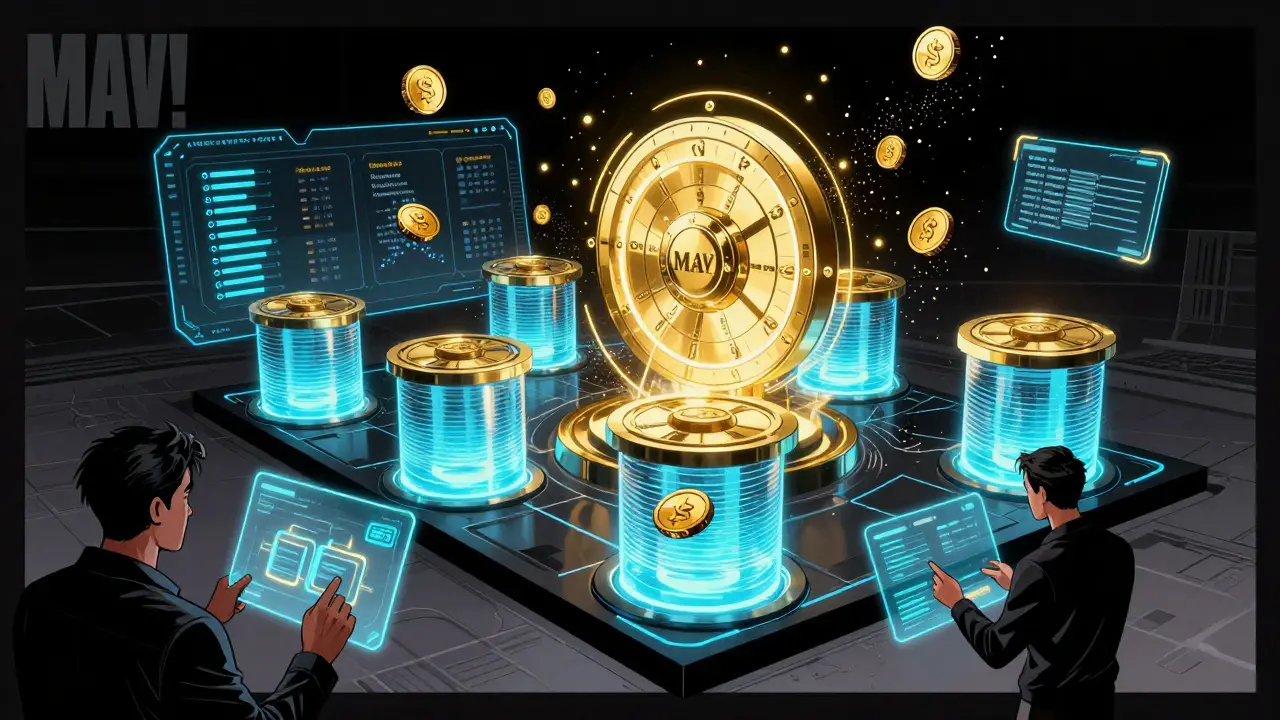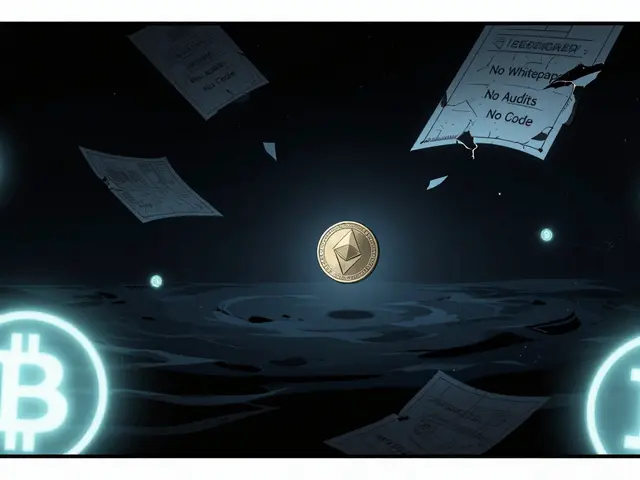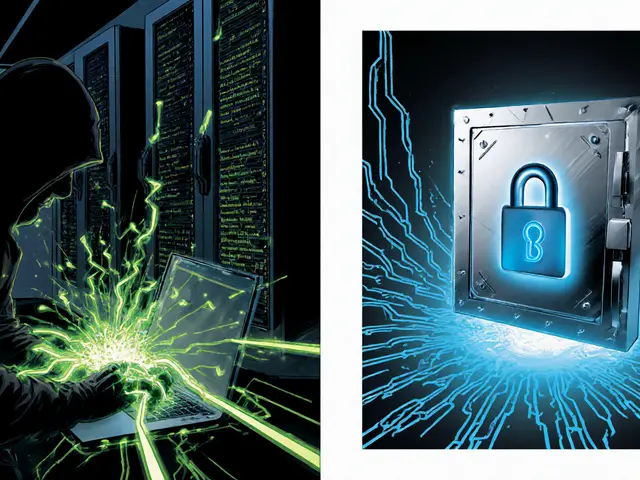DeFi Exchange: How Decentralized Trading Works and What to Watch For
When you trade on a DeFi exchange, a peer-to-peer platform that lets users swap cryptocurrencies without relying on a central company. Also known as a decentralized exchange, it runs on smart contracts—code that automatically executes trades when conditions are met. Unlike traditional platforms like Coinbase or Binance, there’s no account to create, no KYC form to fill, and no company holding your money. You control your keys, and the code handles the rest. This sounds simple, but it’s not always safe. Many DeFi exchanges look legit but are just front ends for scams. Others have terrible liquidity, so your trade slippage eats 20% of your investment before it even finishes.
Some of the most popular SushiSwap, a long-running decentralized exchange that offers staking rewards and limit orders and Decaswap, a lesser-known DEX with low trading volume and unclear tokenomics are real platforms built on Ethereum and BSC. They let you trade tokens like USDT, ETH, or SUSHI directly from your wallet. But then there are clones—fake versions with similar names—that drain funds the second you connect your wallet. You don’t need to be a hacker to lose everything; sometimes, you just need to click the wrong link.
What separates a real DeFi exchange from a rug pull? Look at locked liquidity. If the project’s smart contract has its trading pool funds locked for months, it’s a good sign. If the team is anonymous and the token has no real use beyond speculation, it’s a warning. The crypto scam, a scheme where developers create a fake token, hype it up, then vanish with investor money isn’t new—but it’s evolved. Now, scammers use fake DEX interfaces that look just like SushiSwap or Uniswap. They even copy the UI, the logos, the color schemes. The only difference? The contract address. And if you don’t check that before approving a transaction, you’re giving them full access to your wallet.
That’s why the posts below focus on real tools, real risks, and real examples. You’ll find reviews of actual DeFi exchanges like SushiSwap V3 and Decaswap, where performance data and fees are laid out plainly. You’ll also see breakdowns of how rug pulls work, what red flags to look for, and how to avoid becoming the next victim. This isn’t theory. These are the same traps people fell into last year—traps that are still active today. Whether you’re swapping tokens for the first time or you’ve been trading for years, knowing how DeFi exchanges really work—and who’s behind them—could save you thousands.

Maverick Protocol is a DeFi AMM platform with a unique liquidity model and community governance powered by its MAV token. Backed by top VCs, it offers cross-chain efficiency via LayerZero-but lacks transparency on TVL and user adoption. High risk, high reward.
Continue Reading

Velodrome v3 on Optimism is the leading DeFi exchange with ultra-low fees, 45% APY bribes, and cross-chain swaps coming in 2025. Learn how it works, who it's for, and why it dominates Layer 2.
Continue Reading






